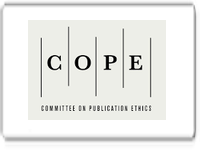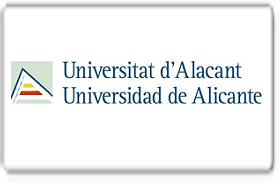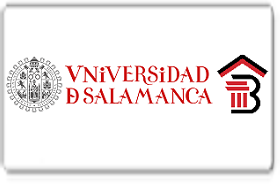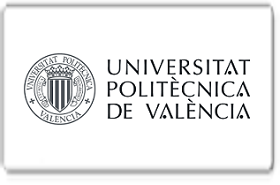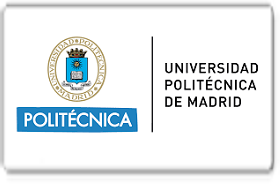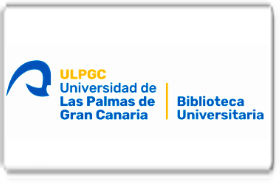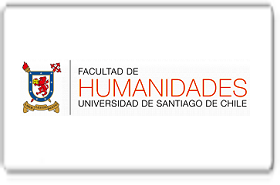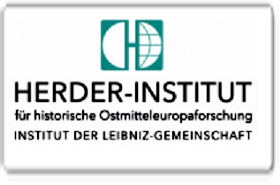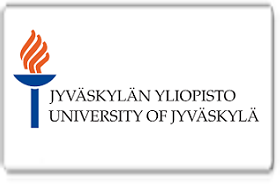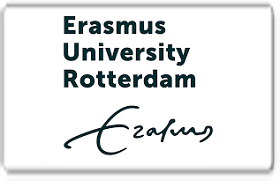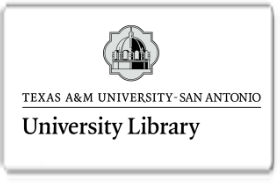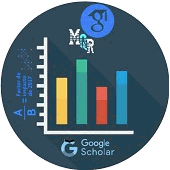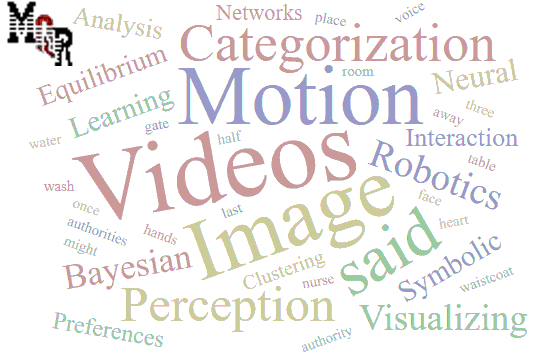Liderazgo transformacional y síndrome de burnout en el ámbito educativo: un estudio en la ESPOL.
DOI:
https://doi.org/10.56048/MQR20225.7.4.2023.1165-1187Palabras clave:
Liderazgo; fatiga; docencia; satisfacción en el trabajo, estrés laboralResumen
La globalización ha aumentado la competencia y la presión en el entorno laboral, exponiendo a los trabajadores al estrés y el síndrome de burnout. A pesar de los esfuerzos en la gestión del talento humano, las cargas de trabajo y los conflictos de recompensas continúan afectando negativamente la salud de los empleados. El síndrome de burnout es descrito como una enfermedad moderna que causa agotamiento físico, mental y emocional, afectando directamente el desempeño laboral, especialmente en el sector de la salud y la educación. Por tanto, el objetivo de este estudio consiste en analizar la relación entre el síndrome de burnout, los estilos de liderazgo y la satisfacción laboral en los docentes de la Escuela Superior Politécnica del Litoral (ESPOL), tomando en cuenta variables sociodemográficas. La investigación adoptó un enfoque descriptivo y una metodología mixta, combinando datos cuantitativos y cualitativos. Se utilizó el cuestionario validado Maslach Burnout Inventory (MBI) para evaluar el síndrome de burnout en tres dominios. Los resultados mostraron bajos niveles en dos de los tres dominios (agotamiento emocional 83.1% y despersonalización 85.6%). Por otro lado, el 100% de los docentes obtuvieron una calificación baja en el dominio de realización personal, lo cual contradice la esencia de la labor docente, esto quiere decir que, si bien no se encontró evidencia del síndrome de burnout en la población de profesores, se sugiere que la baja realización personal podría estar relacionada con factores como el entorno laboral, el desarrollo profesional y los estilos de liderazgo.
Descargas
Métricas
Cited
DOI: 10.56048![]()
Citas
Aboagye, M. O., Qin, J., Qayyum, A., Antwi, C. O., Jababu, Y., & Affum-Osei, E. (2018). Teacher burnout in pre-schools: A cross-cultural factorial validity, measurement invariance and latent mean comparison of the Maslach Burnout Inventory, Educators Survey (MBI-ES). Children and Youth Services Review, 94, 186-197.
Aguilar, D., & Acosta, A. (2020). Relación entre estrés docente y síndrome de burnout en docentes de la zona 3 de Ecuador. Revista digital de Ciencia, Tecnología e Innovación, 2(7), 265-278.
Avolio, B. J., & Yammarino, F. J. (2021). Introduction to, and Overview of, Transformational and Charismatic Leadership: The Road Ahead. En Transformational and Charismatic Leadership: The Road Ahead 10th Anniversary Edition (págs. 1-19). Emerald Publishing Limited.
Bakker, A., & Demerouti, E. (2017). Job demands–resources theory: Taking stock and looking forward. Occupational Health Psychology, 273-285.
Bass, B., & Riggio, R. (2018). Transformational leadership (3rd ed.). Psychology Press.
Bernaldo, M., Labrador, J., & García, L. (2018). Burnout syndrome in teachers: An analysis of its different dimensions in secondary education. International Journal of Environmental Research and Public Health, 15(11), 2380.
Bono, J., & Ilies, R. (2018). Charisma, positive emotions and mood contagion. The Oxford Handbook of Leader-Member Exchange, 321-339.
Brady, K. J., Ni, P., Sheldrick, R. C., Trockel, M. T., Shanafelt, T. D., Rowe, S. G., Schneider, J. I., & Kazis, L. E. (2020). Describing the emotional exhaustion, depersonalization, and low personal accomplishment symptoms associated with Maslach Burnout Inventory subscale scores in US physicians: an item response theory analysis. Journal of patient-reported outcomes, 4, 1-14.
Bravo, D. M., Suárez-Falcón, J., Bianchi, J., Segura, M., & Ruiz, F. (2021). Psychometric properties and measurement invariance of the maslach burnout inventory–general survey in Colombia. International journal of environmental research and public health, 18(10), 5118.
Brindley, R., & Underwood, J. (2019). Teacher stress and burnout: Implications for teacher retention in high-poverty schools. Education and Urban Society, 51(1), 20-42.
Cordero, H. F., Salinas, A. M., Chávez, K. A., Espinoza, F. G., Guzmán, F. J., & Moreno, C. A. (2022). Validation of the Spanish Version of the Copenhagen Burnout Inventory in Mexican Medical Residents. Archives of Medical Research, 53(6), 617-624.
Galaiya, R., Kinross, J., & Arulampalam, T. (2020). Factors associated with burnout syndrome in surgeons: a systematic review. The Annals of The Royal college of surgeons of England, 401-407.
Gardner, W., & Schermerhorn, J. (2018). Unleashing individual potential through engaging leadership. Organizational Dynamics, 47(4), 173-180.
Harsono, Y., & Fajarianto, O. (2021). Strategy for Improving the Quality of Human Resources to Improve the Performance of Small and Medium Enterprises in Kepulauan Seribu, North Jakarta. The 1st International Conference on Research in Social Sciences and Humanities (ICoRSH 2020), 382-292.
Kilinc, M. (2019). The effects of neoliberal policies on education and teacher burnout. Education and Learning, 115-129.
Kostoulas, N., & Karagianni, E. (2020). The role of social support in predicting teacher burnout: A literature review. International Journal of Social Science Studies, 8(1), 69-83.
Lee, Y. H. (2019). Emotional labor, teacher burnout, and turnover intention in high-school physical education teaching. European Physical Education Review, 25(1), 236-253.
López, J., Martín, F., & Romero, E. (2014). Justice, commitment and burnout in university teaching staff. Psicodidáctica, 407-424.
Luthans, F., & Youssef, C. M. (2017). Psychological capital: An evidence-based positive approach. Annual Review of Organizational Psychology, 4, 339-366.
Maslach, C., & Jackson, S. E. (2018). Burnout in organizational settings. Theories of Organizational Stress, 127-136.
Meng, H., Luo, Y., Huang, L., Wen, J., Ma, J., & Xi, J. (2019). On the relationships of resilience with organizational commitment and burnout: a social exchange perspective. The International Journal of Human Resource Management, 30(15), 2231-2250.
Mohammed, S. S., Suleyman, C., & Taylan, B. (2020). Burnout determinants and consequences among university lecturers. Amazonia Investiga, 13-24.
Ngalagou, P. M., Assomo-Ndemba, P. B., Manga, L. O., Ebolo, H. O., Ayina, C. A., Tanga, M. Y., Guessogo, W.R., Mekoulou Ndongo, J., Temfemo, A., & Mandengue, S. H. (2019). Burnout syndrome and associated factors among university teaching staff in Cameroon: Effect of the practice of sport and physical activities and leisures. L'encéphale, 101-106.
Noermijati, N., Firdaus, E., & Taufiqurrahman, T. (2022). The Role of Job Demand, Job Burnout and Equity Compensation on Employee Satisfaction. Journal Aplikasi Manajemen.
Ogunsuji, O., Ogundipe, H., Adebayo, O., Oladehin, T., Oiwoh, S., Obafemi, O., Soneye, O., Agaja, O., Uyilawa, O., Efuntoye, O., Alatishe, T., Williams, A., Ilesanmi, O., & Atilola, O. (2022). Internal Reliability and Validity of Copenhagen Burnout Inventory and Oldenburg Burnout Inventory Compared with Maslach Burnout Inventory among Nigerian Resident Doctors: A Pilot Study. Dubai Medical Journal, 10.1159/000521376.
Reza, M. H. (2019). Components of transformational leadership behavior. EPRA International Journal of Multidisciplinari Research, 5(3), 119-124.
Shoman, Y., Marca, S., Bianchi, R., Godderis, L., Van der Molen, H., & Canu, I. (2021). Psychometric properties of burnout measures: A systematic review. Epidemiology and psychiatric sciences(8), 30.
Skaalvik, E., & Skaalvik, S. (2018). Teacher stress and teacher self-efficacy as predictors of engagement, emotional exhaustion, and motivation to leave the teaching profession. Creative Education, 423-437.
Stoyanova, R. (2019). Relationship Between Working Environment Factors, Burnout Syndrome and Turnover Intentions Among Nurses–A Cross-Sectional Study in Bulgaria. Proceedings of the 20th Congress of the International Ergonomics Association (IEA 2018) Volume I: Healthcare Ergonomics , 35-43.
Sun, J., Wang, X., Wang, Y., Du, X., & Zhang, C. (2019). The mediating effect of perceived social support on the relationship between mindfulness and burnout in special education teachers. Journal of community psychology, 47(7), 1799-1809.
Virgolino, A., Coelho, A., & Ribeiro, N. (2017). The impact of perceived organizational justice, psychological contract, and the burnout on employee performance: The moderating role of organizational support, in the Portuguese context. International Journal of Academic Research in Business and Social Sciences, 241-263.
Weber, A., & Jaekel, A. (2000). Burnout syndrome: a disease of modern societies? Occupational medicine, 7.
Werdhiastutie, A., Suhariadi, F., & Partiwi, S. G. (2020). Achievement motivation as antecedents of quality improvement of organizational human resources. Budapest International Research and Critics Institute-Journal (BIRCI-Journal), 747-752.
Wood, B. A., Guimaraes, A. B., Holm, C. E., Hayes, S. W., & Brooks, K. R. (2020). Academic librarian burnout: A survey using the Copenhagen Burnout Inventory (CBI). Journal of Library Administration, 60(5), 512-531.
Yagil, D. (2006). The relationship of service provider power motivation, empowerment and burnout to customer satisfaction. International Journal of Service Industry Management, 258-270.
Publicado
Cómo citar
Número
Sección
Categorías
Licencia

Esta obra está bajo una licencia internacional Creative Commons Atribución 4.0.
Los autores se comprometen a respetar la información académica de otros autores, y a ceder los derechos de autor a la Revista MQRInvestigar, para que el artículo pueda ser editado, publicado y distribuido. El contenido de los artículos científicos y de las publicaciones que aparecen en la revista es responsabilidad exclusiva de sus autores. La distribución de los artículos publicados se realiza bajo una licencia 


















